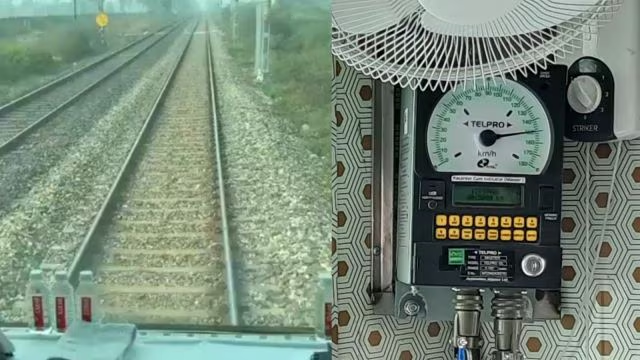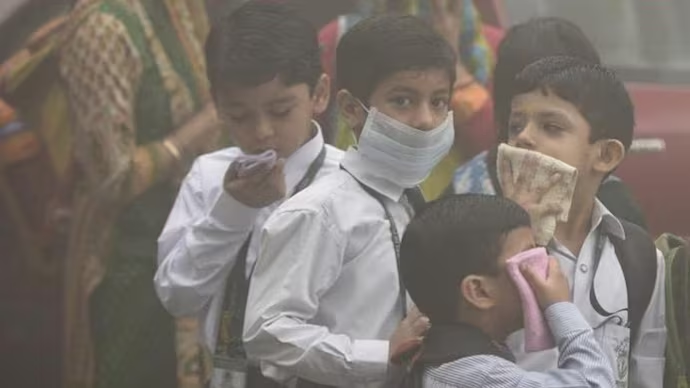Flights were diverted on the morning of November 13 due to a thick layer of fog that enveloped Delhi and the nearby areas of Noida, Ghaziabad, Gurugram, and Faridabad.
Due to poor visibility and adverse weather conditions, 10 flights were rerouted, with six diverted to Jaipur and one to Lucknow, starting at 7 am.

According to the India Meteorological Department (IMD), around 8:30 am, Indira Gandhi International Airport reported zero visibility, with the runway visual range fluctuating between 125 and 500 meters at different points.
"While landing and takeoffs continue at Delhi Airport, flights that are not CAT III compliant may be affected," said Delhi International Airport Limited in a post on the social media platform X.
CAT III is a navigation technology that enables planes to land even in low-visibility conditions.
While the air quality index (AQI) in Gurugram, Noida, and Ghaziabad was in the "poor" category, Delhi's AQI was in the "severe" category, surpassing the 400 mark. The AQI in Faridabad was in the "moderate" range at 188.
Visibility was severely impacted as the AQI in Delhi entered the "severe" category after being in the "very poor" range for two weeks.
According to the Central Pollution Control Board, air quality was classified as "severe" at two monitoring stations, Anand Vihar and Aya Nagar.
The meteorological department has predicted shallow fog for the day, with a maximum temperature of 32 degrees Celsius. "Very dense" fog began to form around 5:30 am.
The national capital is currently implementing the second stage of the Graded Response Action Plan (GRAP), which mandates dust management measures at construction and demolition sites, along with mechanical sweeping and water sprinkling on designated routes.

Air quality remains a significant issue across the Indo-Gangetic Plains, with three cities in Bihar, two in Haryana, and Chandigarh ranking among the top 10 most polluted cities in the country on November 13.
The situation is equally concerning in neighboring Pakistan, where the United Nations Children's Fund (UNICEF) has issued a warning about the health risks posed by growing air pollution to 11 million children in the eastern Punjab province.
Depending on the severity of the problem, air quality is categorized into four stages: "Poor" (AQI 201-300) in Stage I; "Very Poor" (AQI 301-400) in Stage II; "Severe" (AQI 401-450) in Stage III; and "Severe Plus" (AQI > 450) in Stage IV.















